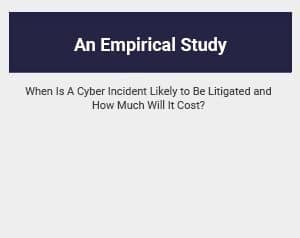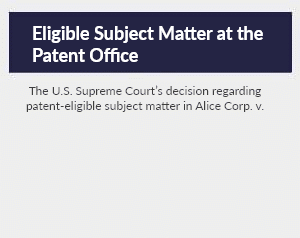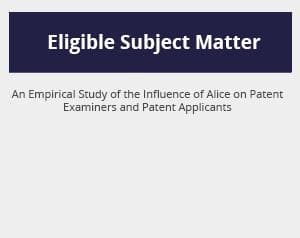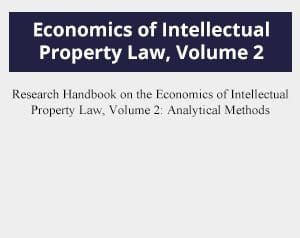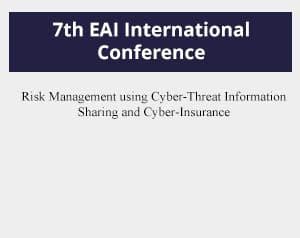May-2-2016
On April 21st, 2016, fans around the world were shocked to hear of the passing of Prince. A songwriter, actor, music producer, and master of multiple musical instruments, Prince influenced popular culture for decades.
Prince was also a strong advocate for artist rights and for maintaining control over his works. In 1980, the iconic Dick Clark interviewed Prince, who was 21 and asked him why it took four years for Prince to sign with a label even though recording labels had been interested in him all along. Prince’s answer was:“They wouldn’t let me produce myself.”
That was Prince. He had his vision, he would create true to his vision, and no record label was going to take control of his music. Unfortunately, that changed in 1992, when Warner Brothers convinced a cash-strapped Prince to sign a $100 million contract for six albums that gave the studio ownership of all of Prince’s master recordings from earlier in his career. In an apparent act of defiance, Prince changed his name to an unpronounceable symbol, and throughout the rest of the 1990s, he was referred to as “The Artist Formerly Known as Prince.” He changed his name back to Prince in 2000 when the contract expired, reinforcing speculation that his name change was originally due to his rocky relationship with Warner.
Prince’s efforts as an advocate for artist rights continued into the Internet age. He had already spent over two decades fighting to keep his vision intact. Now, however, the battlefield had changed. It was no longer just wealthy record producers who were using his work without his consent. YouTube now enabled users to generate their own content. Prince had developed behaviors that kept him somewhat in control of his work in an industry where artists are routinely forced to work at a record label’s whim. But on the Internet, this behavior may conflict with fair use.The doctrine of fair use in copyright law is intended to preserve room for commentary and creativity that uses, builds on, and transforms existing works.
In 2007, a young mother named Stephanie Lenz uploaded a 29 second video to YouTube. The video showed her thirteen month old son happily bouncing to Prince’s song “Let’s Go Crazy.” The video was only intended to share a snippet of her life with family and friends, but when the Universal Music Group issued a take down notice to YouTube under the Digital Millennium Copyright Act, it became much more than that. The video only had 22 seconds during which the song could be heard, but YouTube complied with Universal’s take down request. Stephanie Lenz then contacted the Electronic Frontier Foundation—the EFF, and they both sued Universal, arguing that the take down request was unlawful.
The DMCA’s notice and take down provision requires a good faith belief that the use of the material subject to the order is not authorized by law.In September 2015, in Lenz v. Universal, the Ninth Circuit concluded that fair use is authorized by law, citing previous cases and statutes where fair use is referred to as a right. Litigation in the Lenz case is still ongoing and the outcome is likely to depend on whether Universal had a good faith belief that the short video was not fair use.
For better or worse, this issue of artist control over another person’s user-generated content is part of Prince’s legacy. Time will tell whether this litigation will strengthen or weaken fair use in user-generated content, and also whether Prince’s wills, if he left any, would enable him to continue to control his IP.

